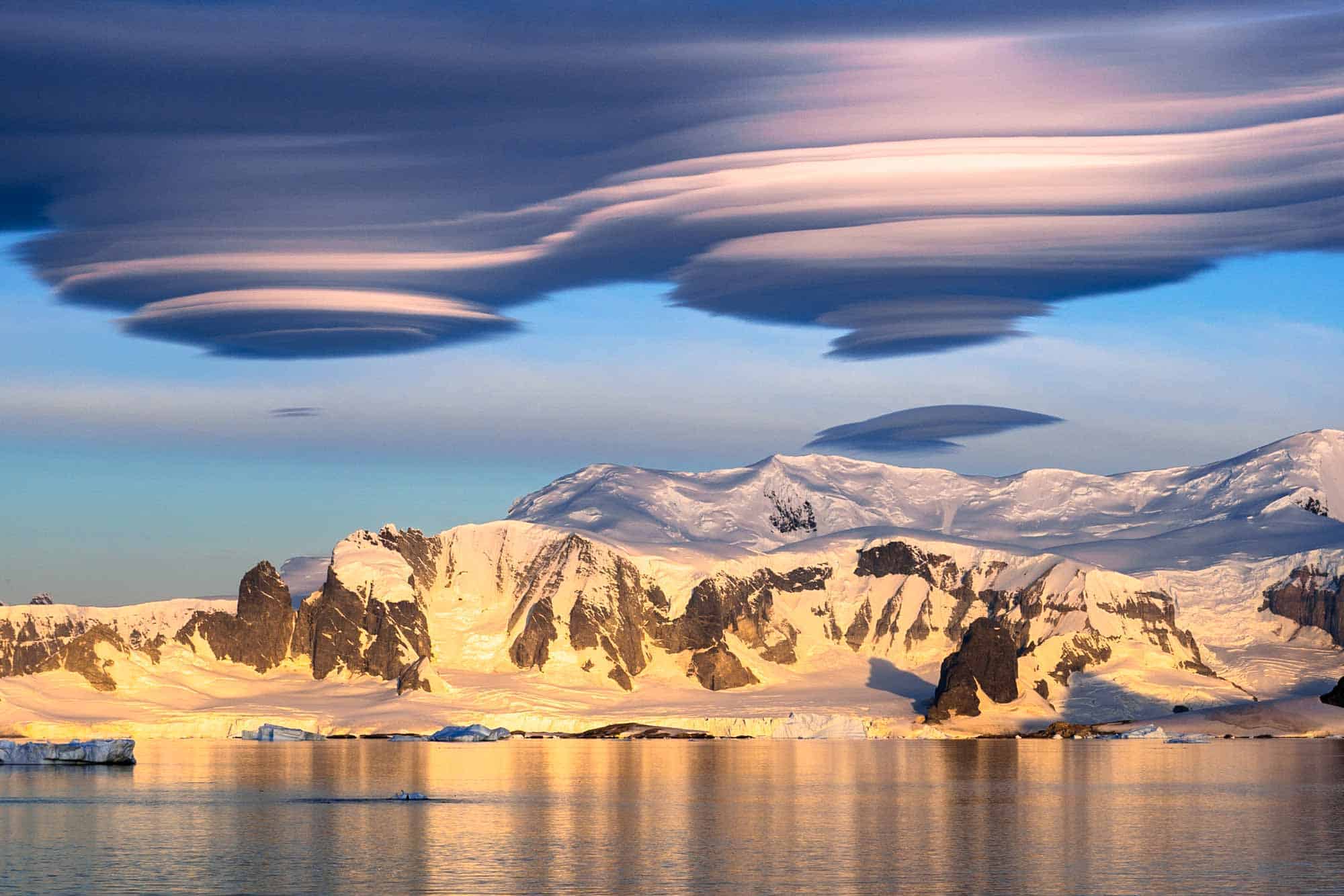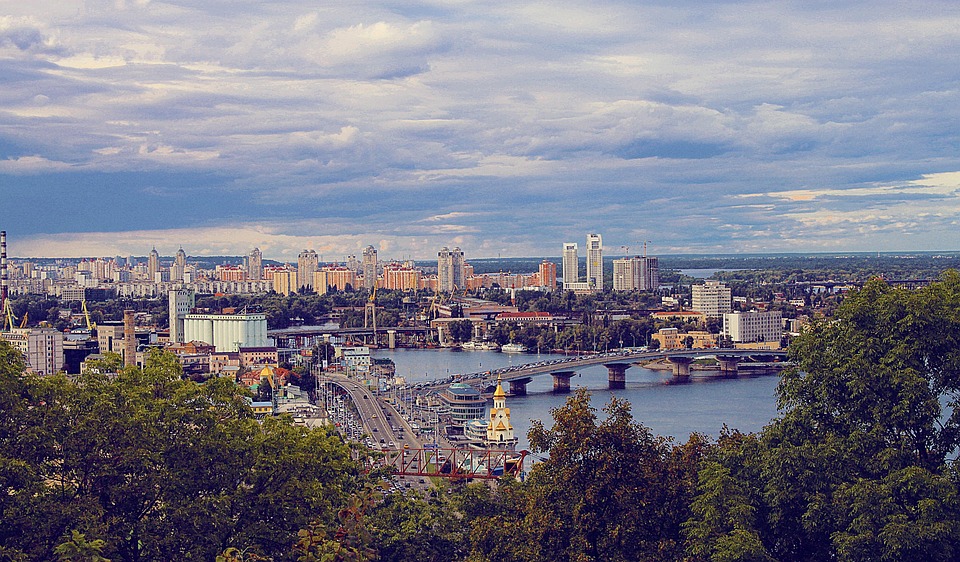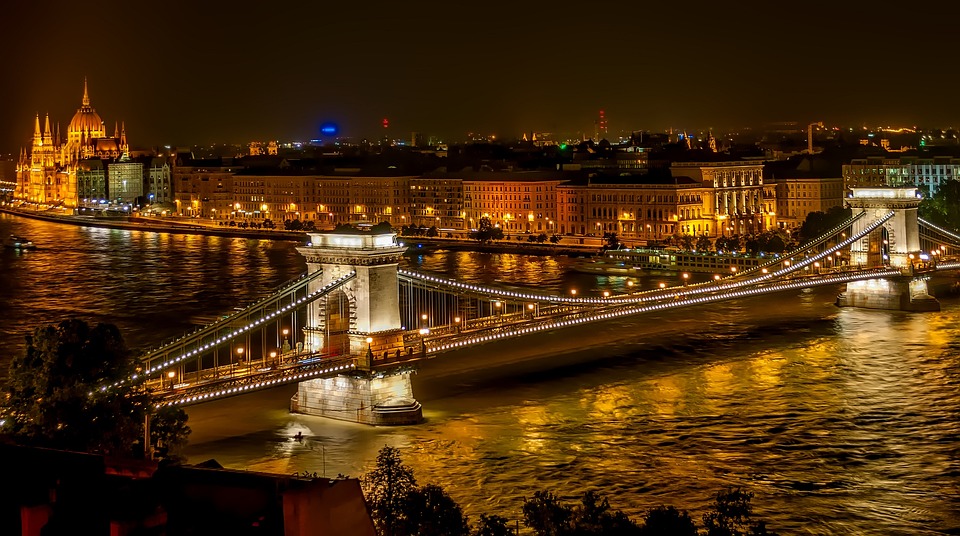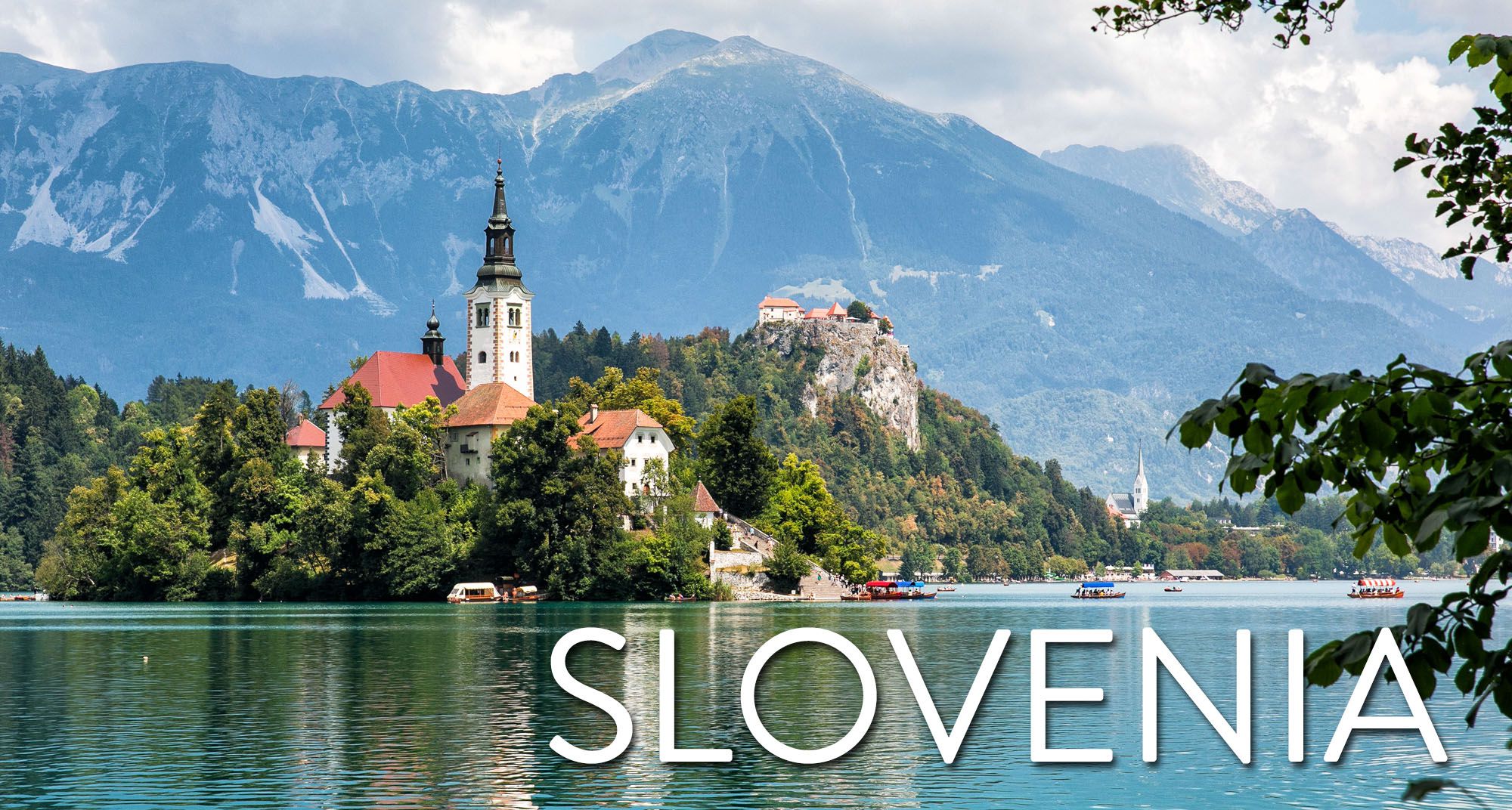Ross Island is also the name of an island located in Antarctica, specifically in the Ross Sea. It is one of the most well-known and significant islands in the region due to its historical, scientific, and natural importance. Here’s some information about Ross Island in Antarctica:
Geography: Ross Island is situated near the coast of Victoria Land in the Ross Sea. It has a land area of approximately 2,460 square kilometers (950 square miles) and is the largest island in the Ross Archipelago.
The island was discovered by British explorer James Ross in 1841 during his expedition to Antarctica. He named it after Sir James Clark Ross, his uncle and a prominent British explorer.
“Uncovering the Fascinating History and Significance of Ross Island: From Colonial Settlement to Abandoned Ruins”
Historical Significance: Ross Island played a significant role in the Heroic Age of Antarctica
Exploration, particularly during expeditions led by Robert Falcon Scott and Ernest Shackleton. It served as the base for several expeditions, including Scott’s British Antarctic Expedition (1901-1904) and Shackleton’s Nimrod Expedition (1907-1909). The island was discovered by British explorer James Ross in 1841 during his expedition to Antarctica. He named it after Sir James Clark Ross, his uncle and a prominent British explorer.
Research Stations: Ross Island is home to several research stations established by various countries. The most notable of these is McMurdo Station, which is operated by the United States. McMurdo Station is the largest research station in Antarctica, supporting scientific studies and logistical operations in the region. New Zealand also operates Scott Base, located nearby, as its research station on the island.
Volcanic Activity: Ross Island is of volcanic origin and is home to four volcanoes: Mount Erebus, Mount Terror, Mount Bird, and Mount Terra Nova. Mount Erebus is the most famous among them and is the southernmost active volcano on Earth. It attracts scientists who study geology, volcanology, and the unique extremophile organisms that survive in its harsh conditions.
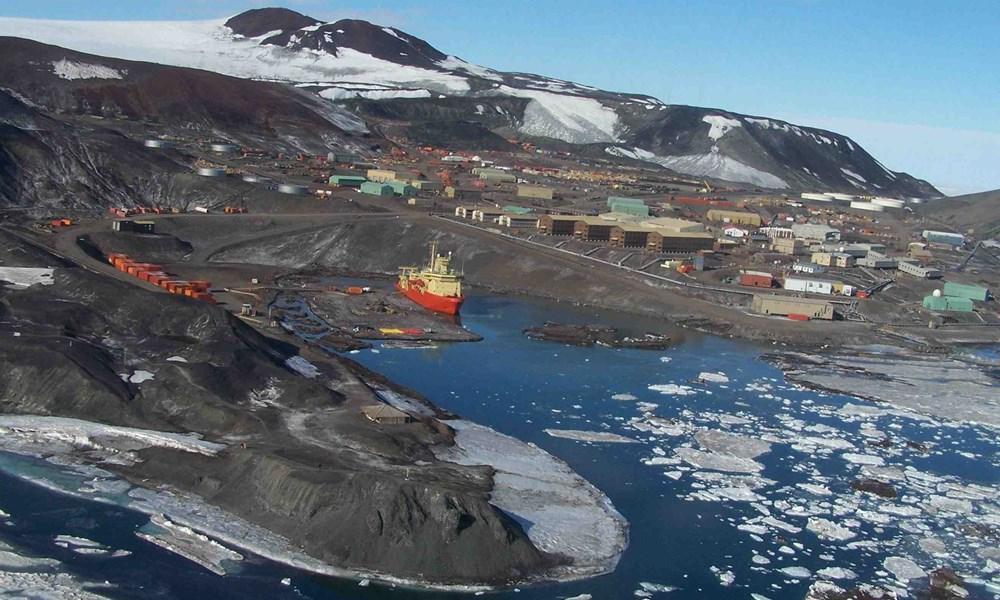
Wildlife: Despite the harsh Antarctic environment, Ross Island and its surrounding waters support a diverse array of wildlife. Adélie penguins, emperor penguins, Weddell seals, and several bird species can be found on and around the island. The marine ecosystem of the Ross Sea is also known for its abundance of marine life, including various fish species and krill, which form a vital part of the Antarctic food chain.
Ross Island in Antarctica holds immense scientific, historical, and ecological value. Its association with renowned explorers, active volcanoes, and unique wildlife contribute to its allure, making it an intriguing destination for those seeking to explore the wonders of the Antarctic continent.


